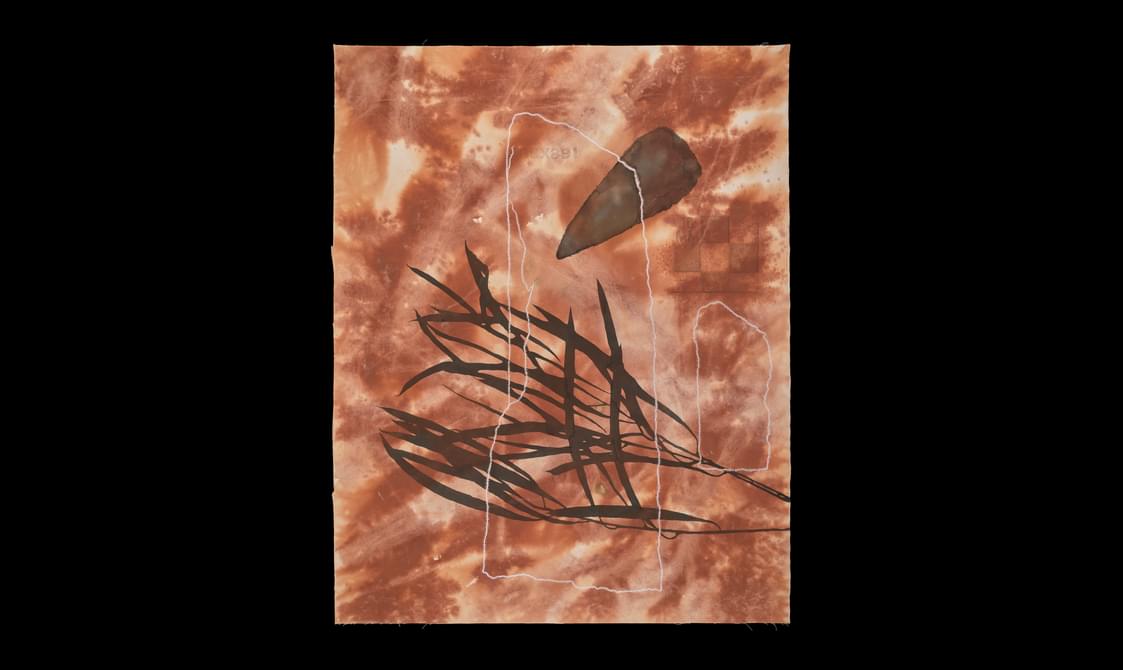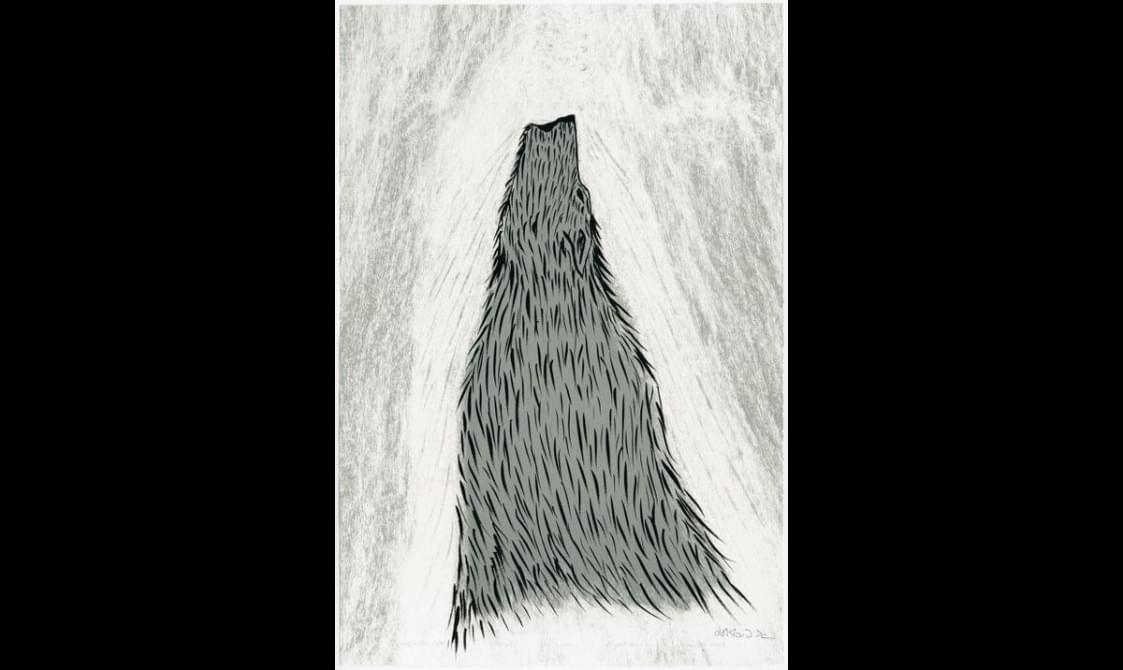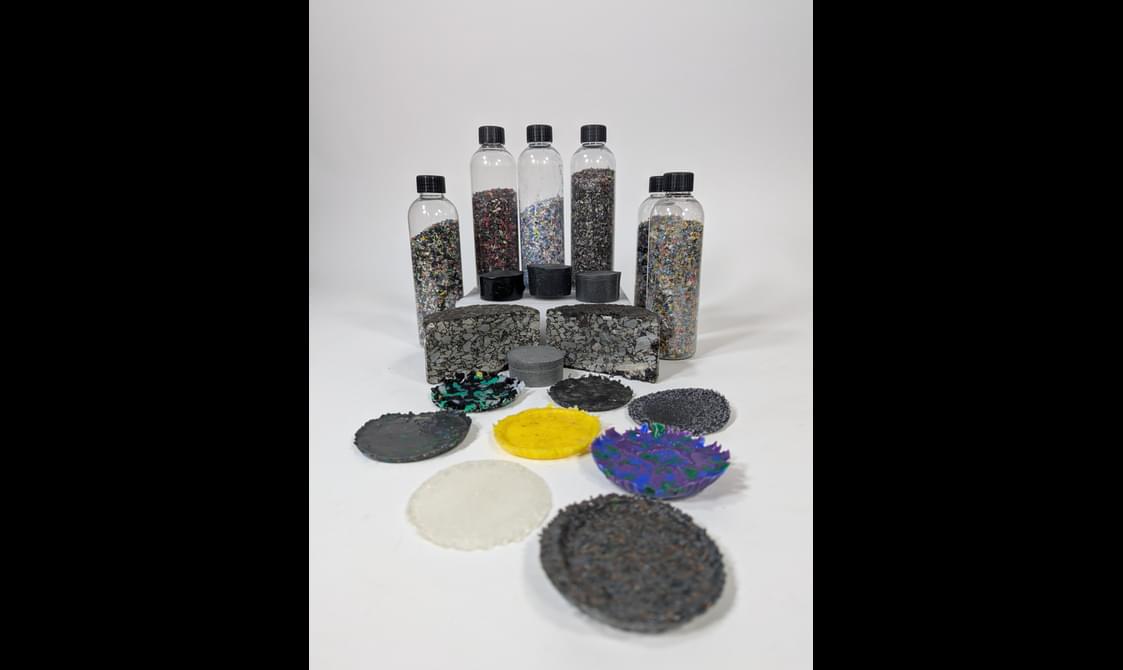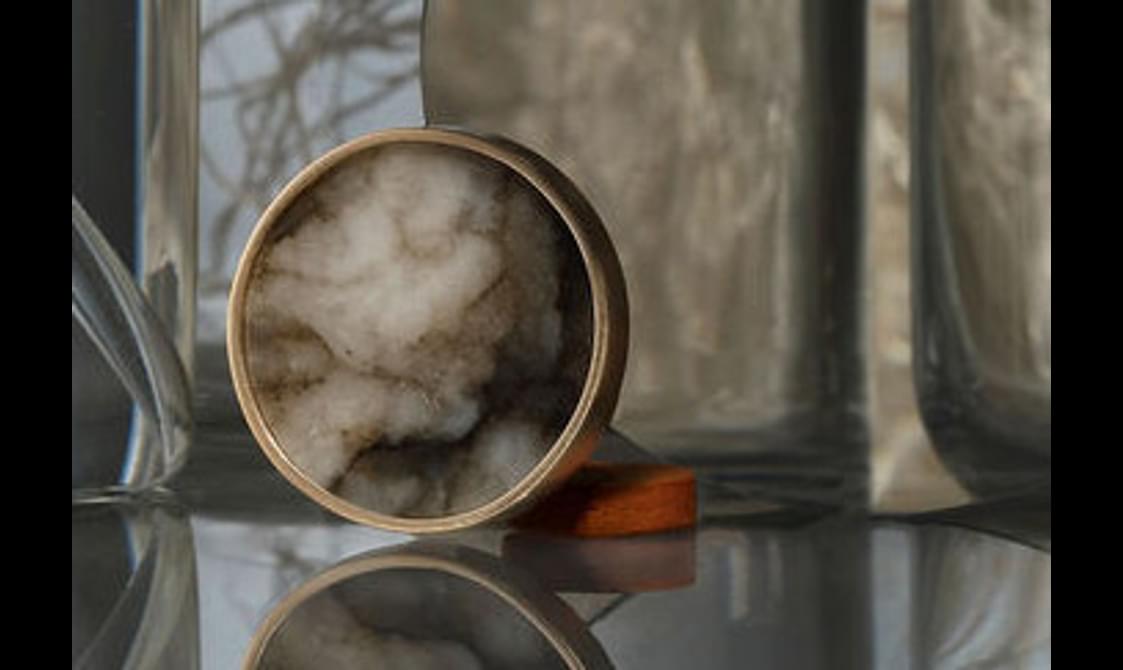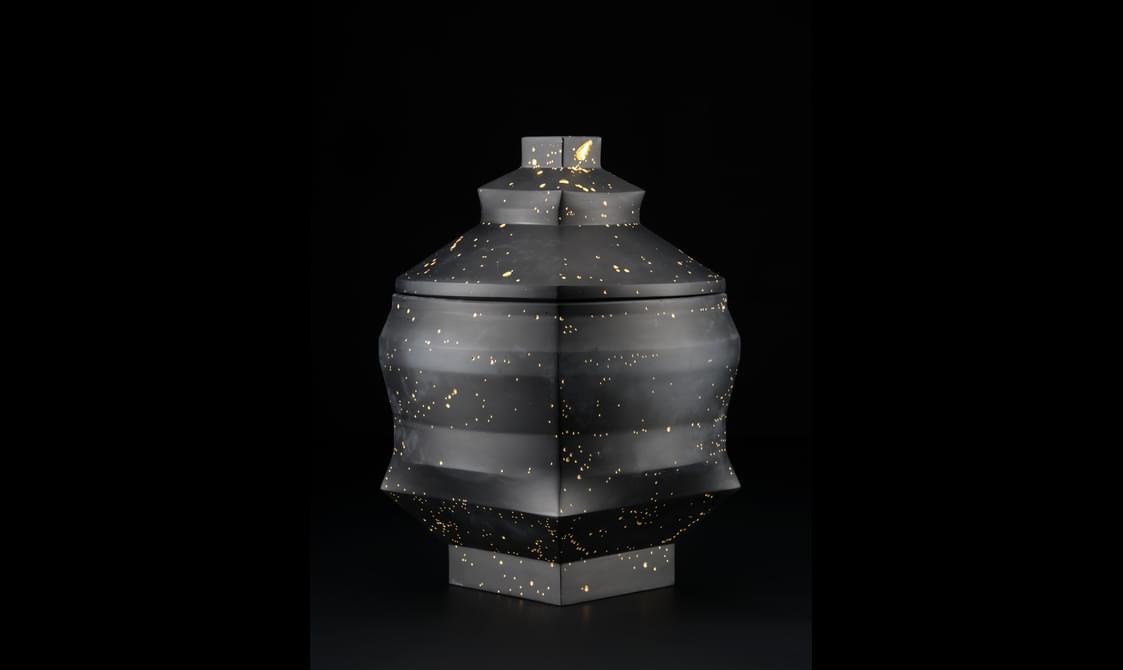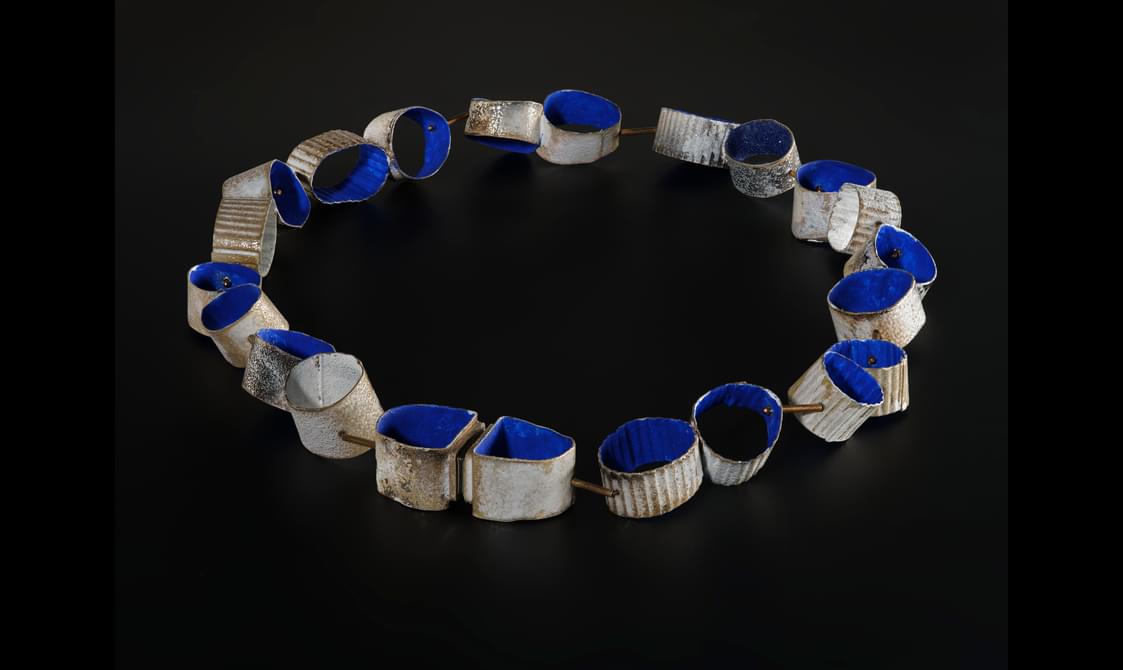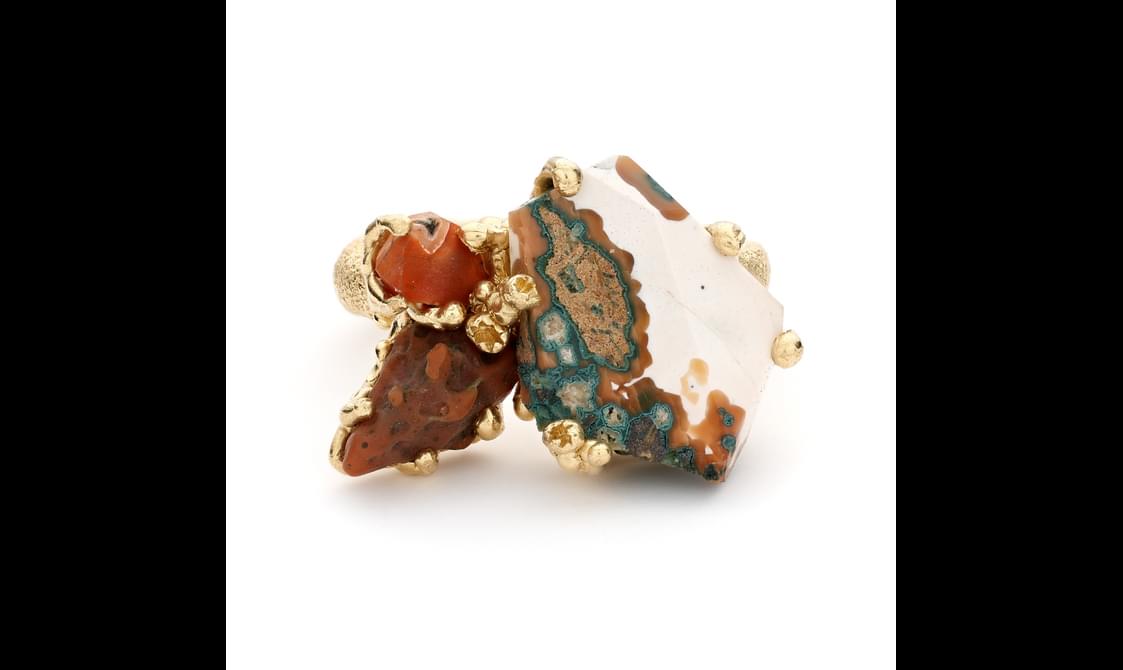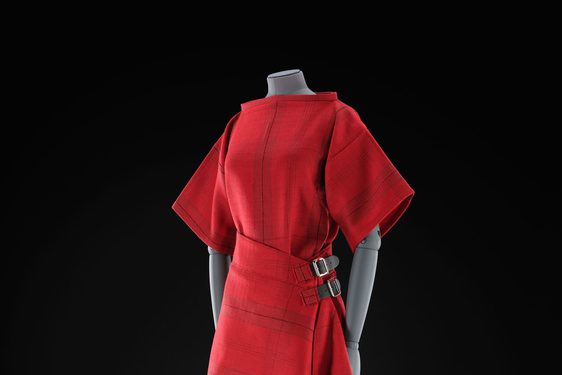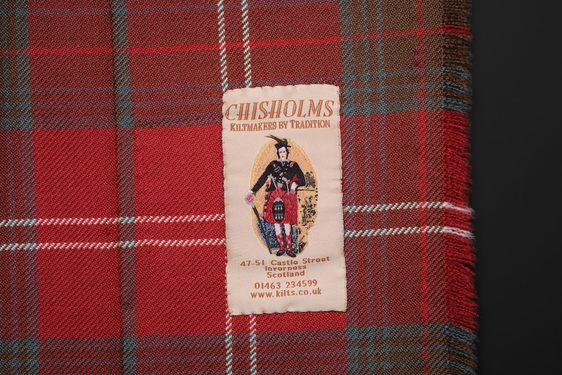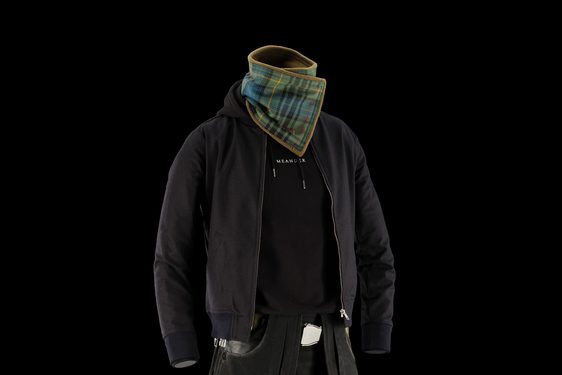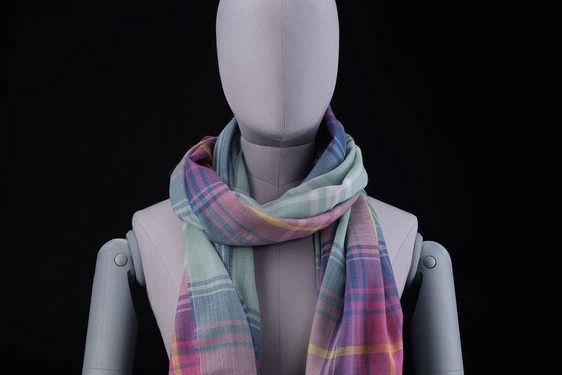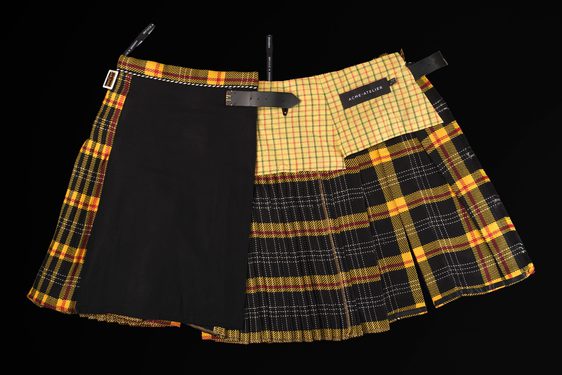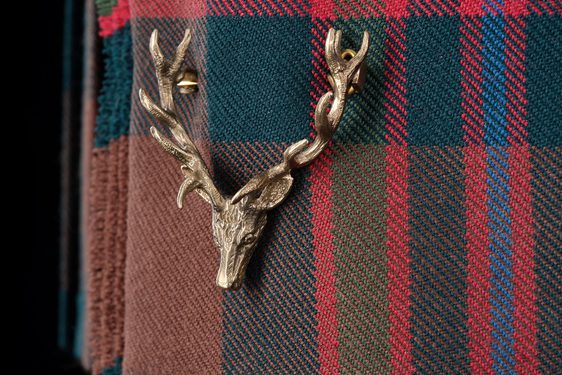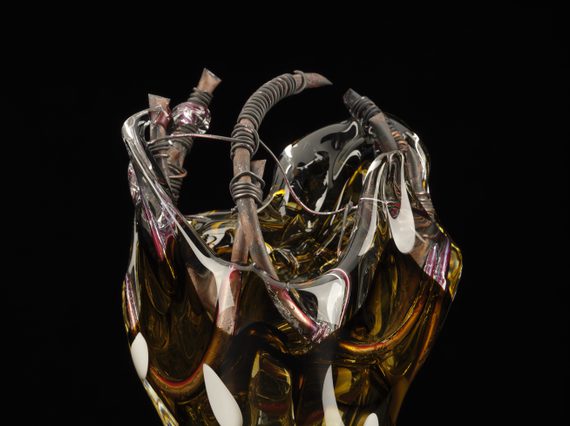
Contemporary collecting
National Museums Scotland has always been a museum of past and present. Contemporary collecting has been core to the development of the National Collections over the last two centuries.
Today, we collect objects to reflect key social, cultural, political, artistic and environmental shifts in the world around us. We also collect contemporary objects that reflect how the present continually reshapes our understandings of the past.
Collecting contemporary Scotland
Objects that reflect major shifts in Scotland during the 21st century, or change our understandings of the past, can tell inspiring stories, now and in the future.
We collect objects that document the impact of major social, cultural, political and environmental changes in Scotland. The emphasis is on collecting material to represent what is distinctive about Scotland today in a global context, mindful of the differences within and across the country. A strong focus is on objects embedded with a sense of place, and on objects which link to existing collections to demonstrate how the past continually shapes the present.
Related items
- Discover
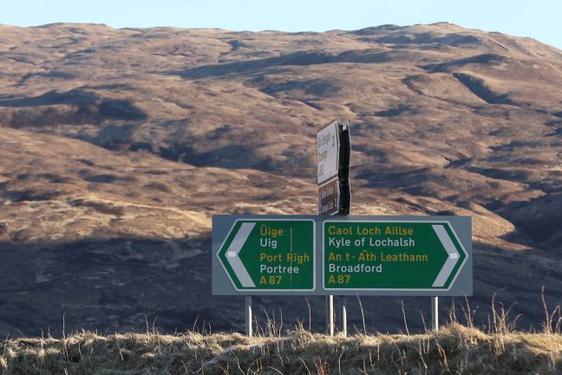
Gaelic-English roads signs: culture and language
In this film, singer Anne Martin and Gaelic language specialist Eilidh Sgaimel discuss the impact of bilingual signs across the North-West region of Scotland. - Discover
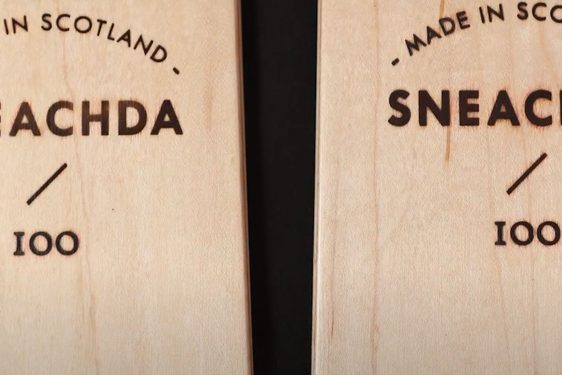
Scotland's ski-maker
Jamie Kunka is a self-taught ski-maker. Fusing tradition and innovation, he founded Lonely Mountain Skis in Birnam, Perthshire. - Discover
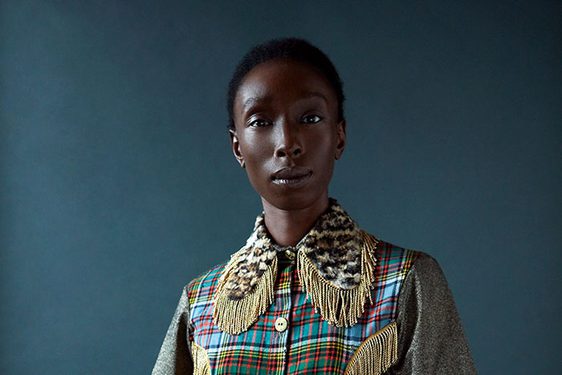
Eunice Olumide, MBE: her story in objects
Eunice reflects on her personal journey, and on feeling conflicted about accepting an award that celebrates the British Empire. - Discover
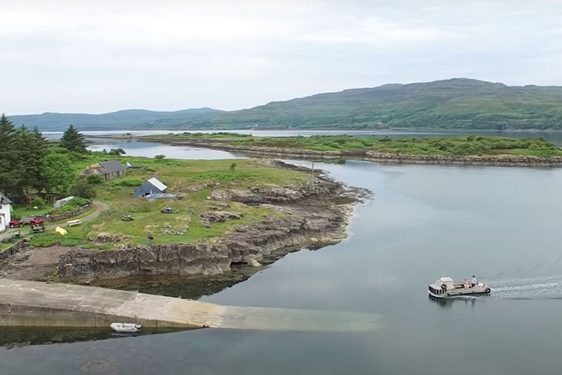
Community buyouts in the islands
This film explores objects that document community buyouts in the islands of Eigg and Ulva. - Discover
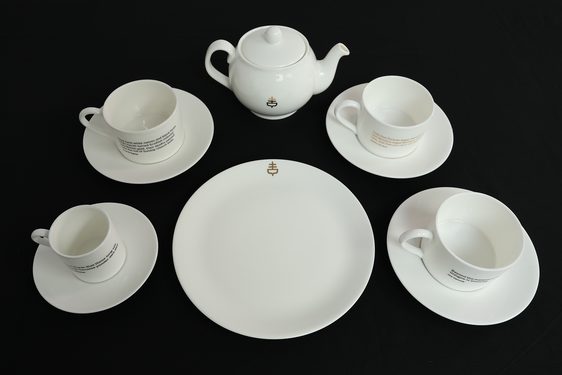
A porcelain tea set and the legacy of slavery in Scotland
Collecting objects from the present allows us to develop new interpretations of difficult aspects of Scotland's past.
Collecting environmental change
The environment is a thread that runs through all of our contemporary collecting work.
We collect a range of material to document the changing environment and responses to it. For example, specimens, such as stranded whales, are collected and analysed to reveal important evidence of the impact of human activities on different species. By doing this cutting-edge research, our teams are uncovering hugely significant understandings of our activities are affecting the natural world and contributing to efforts to combat these.
We also collect cultural responses to environmental change, from protest art created by children to examples of renewable technologies to artistic works documenting the impact of fossil fuels.

Reduce, Reuse, Recycle: repurposing plastic waste
Where does our plastic go? Dr Ali Clark considers how artworks by Oceanic artists made from recycled plastics present local solutions to a global problem.
Collecting marine mammals
Our natural sciences collection includes an internationally significant collection of marine mammals. Curatorial Preparator Georg Hantke explores how that collection continues to grow and how it informs new understanding of the whales, dolphins and porpoises found around the coasts of Scotland.
Tartan today
Tartan is one of the most recognisable symbols of Scotland. With historical roots in the display culture of medieval Gaelic society, this living tradition has constantly evolved to suit the social and cultural landscapes of the moment.
Through our contemporary collecting programme, we have acquired a rich selection of material from the 21st century, extending our unrivalled historical collections into the present.
Feed
Covid collecting
We are collecting objects to represent the impact of and response to the COVID-19 pandemic in Scotland and across the world.
The focus is on documenting this moment in time as we live through it, and to preserve a material record of the events and experiences of 2020 and 2021 for the future. Many years from now, these objects will tell people about how the pandemic reshaped our lives.
Initially, we focused on collecting objects across six main themes: Public Health, Hospitals and Treatment; Politics; Economy; Tourism; Education; and Everyday Life. Subsequently, we’ve collected a diverse range of objects across all of our collections areas, from a rainbow-adorned beach pebble on a doorstep in Shetland to fish skin face masks from Alaska.
Contemporary conversations
Curators from across our museum work in contemporary collecting.
Read about reflections on how collecting the present continually informs understandings of the past, and sometimes provides glimpses of the future. Learn about approaches to contemporary collecting that are rooted in stories of people and place, in Scotland and across the world. Delve into a world of objects that throw light on and pose questions about the ever-shifting way we live now.

Collecting the present
Director of National Museums Scotland, Dr Chris Breward, reflects on the role of contemporary collecting in reflecting the social issues affecting our society today.
Collecting a new past
Georgia Vullinghs, Curator of Modern and Contemporary History, explores ways of collecting the present with the future in mind.
Recent acquisitions
